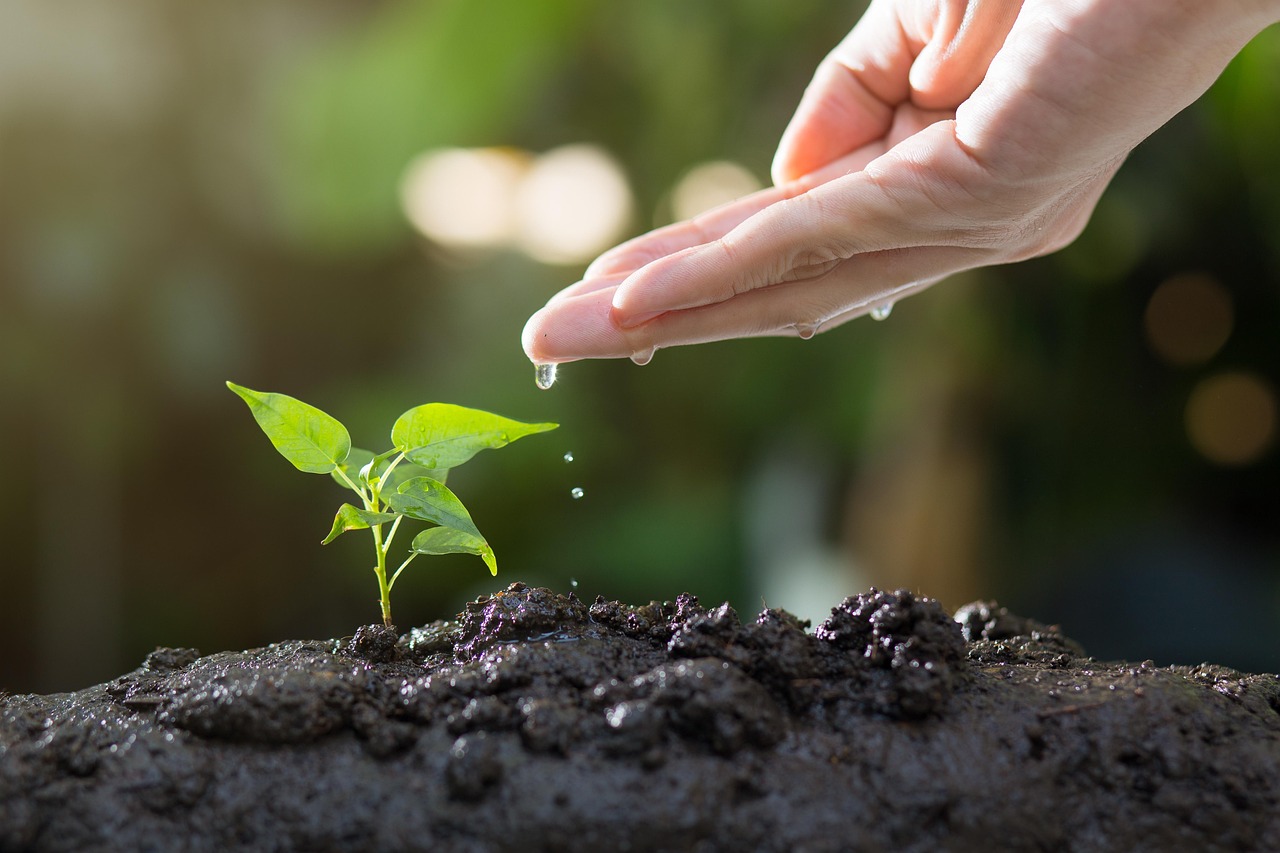Practical Plant Care Routines for Year-Round Indoor Health
Simple, repeatable routines can keep indoor plants healthy through changing seasons. This article outlines daily and weekly habits for watering, light and ventilation management, pest control, nutrient care, composting, and practical DIY maintenance that fit most homes.

A predictable routine helps indoor plants adapt to seasonal shifts and to the microclimates inside homes. Regular observation, measured watering, and attention to ventilation and light cycles reduce stress from overwatering, sudden temperature changes, or low humidity. Combining straightforward plant care steps with tasks like organized storage for supplies, seasonal maintenance, and small-scale composting supports root systems and foliage health year-round. These routines are practical for busy households and can be adjusted to suit specific species, space constraints, and sustainability goals.
How does plant care and irrigation support indoor growth?
Effective plant care begins with matching irrigation to species needs. Many houseplants do well with a cycle of thorough watering followed by partial drying; succulents need far less frequent irrigation than tropical ferns. Use a finger test or a moisture meter to check soil before watering, and group plants by similar water needs to streamline schedules. Adjust watering frequency when daylight, humidity, or indoor heating change with the seasons. Consistent records—notes or simple photos—help you identify patterns and prevent common issues such as root rot or chronic drought stress.
How can ventilation and energy choices affect plant health?
Air movement and stable temperature ranges influence transpiration and disease resistance. Good ventilation reduces stagnant air that encourages fungal outbreaks and helps regulate humidity levels. Consider energy choices that affect plant environments: position plants away from direct heat sources or cold drafts, and use energy-efficient grow lights to supplement low winter light without excessive heat. Maintaining steady day-night temperature cycles and moderate humidity supports balanced growth and reduces shock from abrupt changes caused by heating or cooling systems.
Which DIY maintenance and storage practices help plants thrive?
Routine DIY maintenance keeps plants resilient: prune spent leaves, clean dust from foliage to improve photosynthesis, and rotate pots for even light exposure. Keep tools organized in dedicated storage—pots, spare soil, pruners, and labels—so routine tasks are quick and sanitary. When storing dormant plants during renovations or seasonal shifts, move them to a bright, cool spot with reduced watering. Clean and dry storage areas prevent mold on supplies and make seasonal maintenance easier while protecting plant health over time.
How to integrate composting and pest control safely?
Indoor composting—using compact systems like bokashi or worm bins—can produce nutrient-rich amendments for potting mixes when managed carefully. Add finished compost sparingly and mix it into potting soil to avoid overfeeding. For pest control, inspect plants weekly for insects or disease signs; early detection makes management simpler. Start with non-chemical measures: isolate affected specimens, use manual removal, and apply insecticidal soap or horticultural oil when needed. Good sanitation, appropriate watering, and healthy soil reduce pest attraction and recurrence.
How do landscaping principles and curb appeal relate indoors?
Indoor landscaping borrows balance, layering, and focal-point principles from outdoor design to enhance curb appeal inside your home. Group plants by heights and textures to create visual depth, choose containers that complement room design, and arrange greenery near entryways or windows to create welcoming sightlines. Thoughtful placement improves health by optimizing light exposure and airflow while creating an aesthetic that ties into broader renovations or decor updates. Small changes—like a cohesive pot palette or a defined plant corner—can markedly increase interior curb appeal.
Should renovations prioritize sustainability and irrigation systems?
When planning renovations, choose materials and systems that support plant health and sustainability. Install adjustable window treatments or shading to control natural light and reduce heat gain, and opt for energy-efficient lighting if supplemental light is needed. If incorporating indoor irrigation for large planters or living walls, select low-flow drip systems designed for interior use and easy maintenance. Integrate composting solutions and water-saving practices to lower resource use; these choices reduce ongoing maintenance and help establish resilient indoor plant systems.
In summary, year-round indoor plant health depends on consistent observation and routines tailored to species and home conditions. Regular checks for moisture, light, ventilation, and pests, combined with organized storage, prudent composting, and sustainable choices during renovations, support robust growth. Implementing a few repeatable daily and weekly habits reduces stress on plants and helps indoor greenery remain healthy and attractive across seasons.





